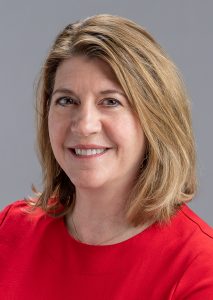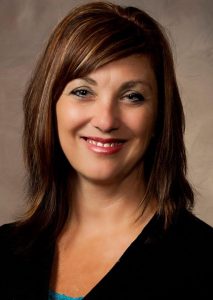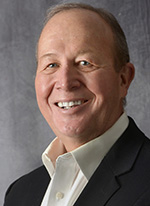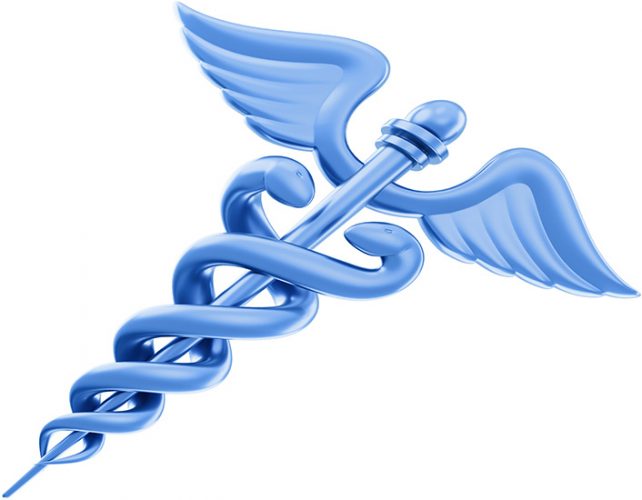If you’re amazed by the health care advancements of the last 10 years, it’s possible you ain’t seen nothin’ yet. What can central Illinoisans expect?
In two words, the “digital transformation” of health care.
“When you think about other industries like airlines and the way you buy your groceries and the way you buy your movie tickets … health care had been behind,” said Jennifer Junis, senior vice president at OSF OnCall, the digital health arm of OSF HealthCare.
That changed largely out of necessity as OSF and others were forced to confront the challenges posed by a global pandemic, worker shortages, underserved rural areas and rising costs across the board.
“We’re trying to design care around patients instead of around ourselves”— Jennifer Junis

“I always think about it in terms of banking,” said Michelle Conger, chief strategy officer at OSF HealthCare and CEO of OSF OnCall. “My kids, I’m not sure they’ve ever been in a bank. They’re in their 20s … and so they went from using ATMs to using their phone. The only reason you really go into a bank is when you have a really complex transaction, such as your mortgage.
“If you apply some of that same thinking to the care model of health care … What would that look like if it was really digital first … and you were in constant contact on your terms with your care team to guide you and navigate you through your own health care journey?”

Indeed, what if, instead of patients traveling to the hospital, the hospital traveled to them? What if access to basic medical care could be 24-7-365? What if doctors, nurses and pharmacists could monitor and communicate with patients just as effectively from a distance, saving time and money?
Telethealth is fast becoming the present and will almost certainly be the future, especially for rural populations.
That’s what’s happening at OSF OnCall, at its opening the only facility of its kind in Illinois, where “we’re trying to design care around patients instead of around ourselves and … our physical locations,” said Junis. OnCall takes about 25,000 calls a week, while working from a baseline of 3 million digital interactions annually.
Meanwhile, OSF’s Digital Hospital program, started last September, has helped keep about 90 acute care patients out of St. Francis Medical Center. “We admit them to their home and we bring the hospital to them,” said Junis. Expect hospitals to be reserved for only the most critically ill patients, with shorter stays, said Dr. John Vozenilek, chief medical officer of innovation and digital health at OSF HealthCare.
If all of this technology, AI and the rest, sounds like a more impersonal health care experience, it’s actually the opposite, the experts maintain. For example, a patient previously identified with high cholesterol would have been sent home with a general medication consistent with the “one-size-fits-all” approach in practice at the time. With genetic testing and the “precision medicine” of the present, it’s actually “a more tailored experience,” as well as a “preventative experience” for relatives, said Vozenilek.
To that point, digital solutions born at OSF Innovation and operationalized at OSF OnCall have identified 286,000 patients with chronic conditions and referred them for intervention.
By the way, OSF OnCall has its own chatbot, named Clare, who never stops collecting information and learning and evolving and is “one of my best Mission Partners,” said Junis.





